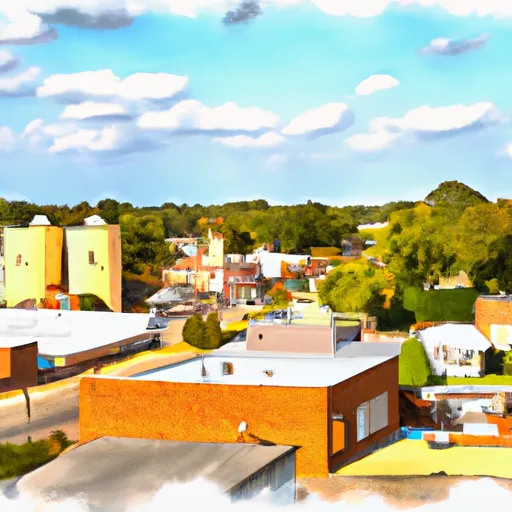°F
°F
mph
Windspeed
%
Humidity











Sandersville is a small town located in Jones County, Mississippi. The climate in Sandersville is characterized as humid subtropical, with hot and humid summers and mild winters. Average temperatures range from the mid-90s°F (35°C) in the summer to the mid-50s°F (10°C) in the winter. The area receives a moderate amount of rainfall throughout the year.
Hydrologically, Sandersville is situated in the Pascagoula River Basin, which provides a source of freshwater for the region. The Pascagoula River, along with several creeks and streams, runs through or near the town, offering opportunities for fishing, boating, and scenic walks along the water.
Outdoor recreation enthusiasts can take advantage of the numerous parks in and around Sandersville. Roosevelt State Park, just a short drive away, offers a variety of activities such as hiking, camping, fishing, and swimming. The park also features a beautiful lake where visitors can rent paddleboats or canoes. In addition, the surrounding forests provide opportunities for bird-watching and nature photography.
Overall, Sandersville, Mississippi, offers a pleasant climate, access to waterways, and various outdoor activities, making it an appealing destination for nature lovers and outdoor enthusiasts.
Weather Forecast
Sandersville receives approximately 1468mm of rain per year, with humidity levels near 84% and air temperatures averaging around 18°C. Sandersville has a plant hardyness factor of 8, meaning plants and agriculture in this region tend to thrive here all year round.
Regional Streamflow Levels
674
Cubic Feet Per Second
346
Cubic Feet Per Second
960
Cubic Feet Per Second
70
Cubic Feet Per Second
Nearby Camping
| Camping Area | Reservations | Toilets | Showers |
|---|---|---|---|
| Fairley Bridge Landing | |||
| Airey Lake | |||
| Flint Creek Waterpark | |||
| Big Biloxi Rec Area | |||
| Gulf Marine State Park | |||
| Cypress Creek Landing |



